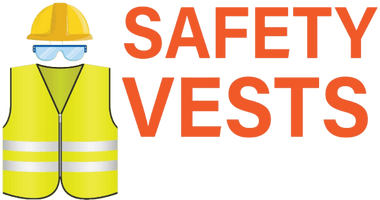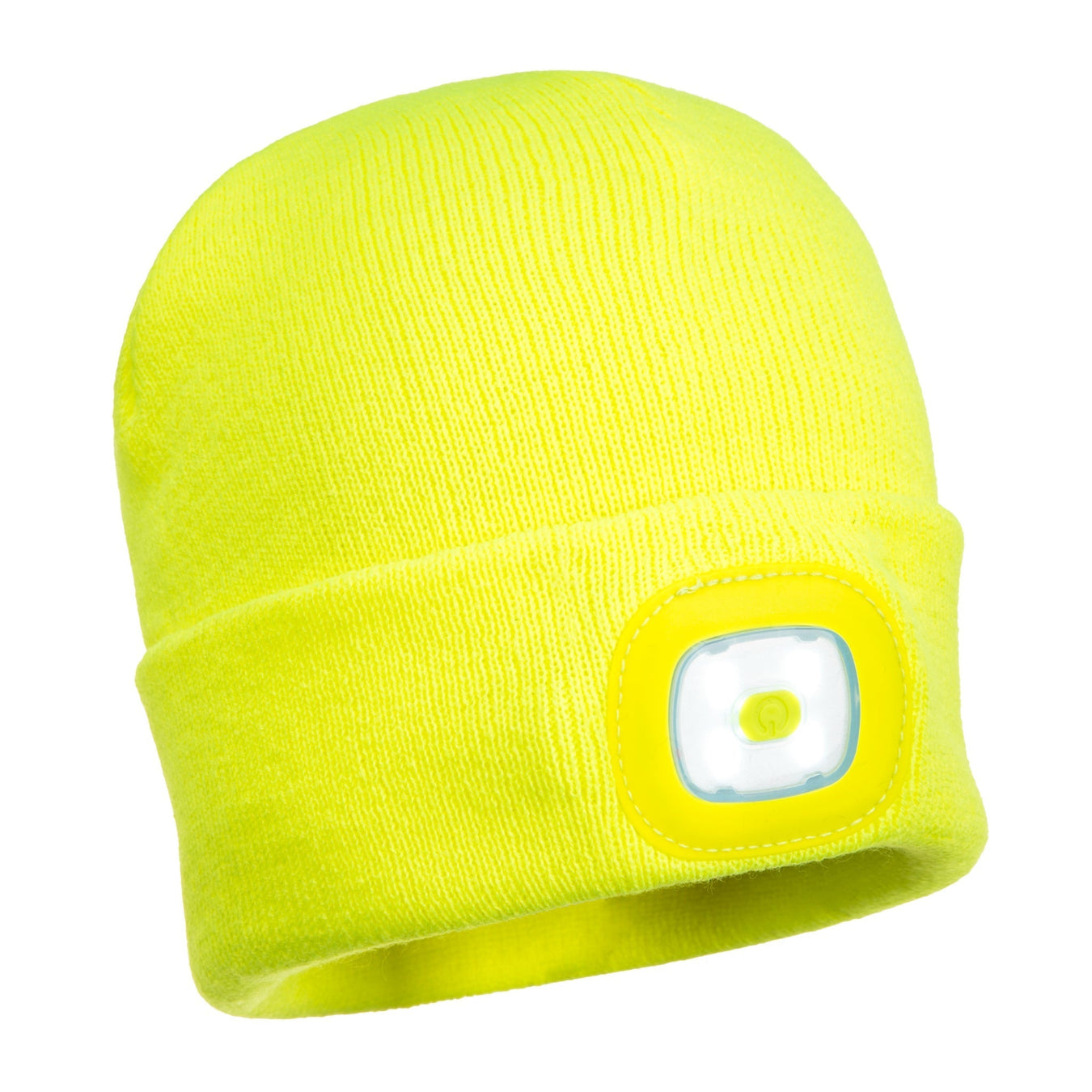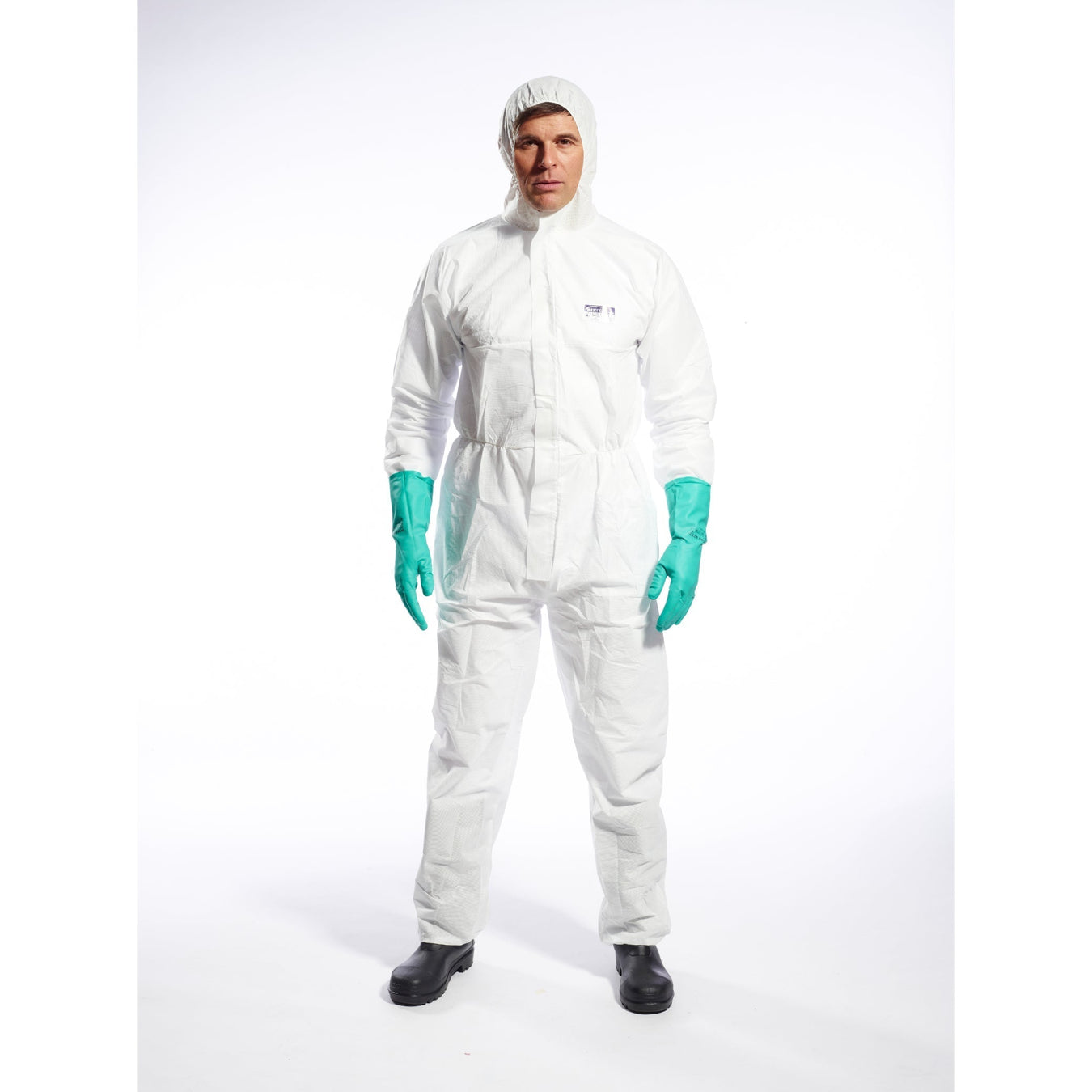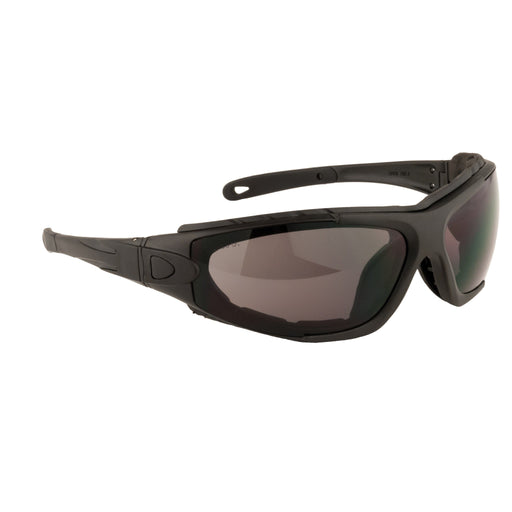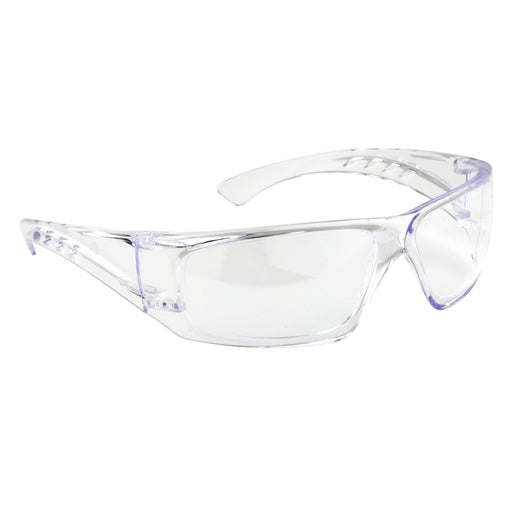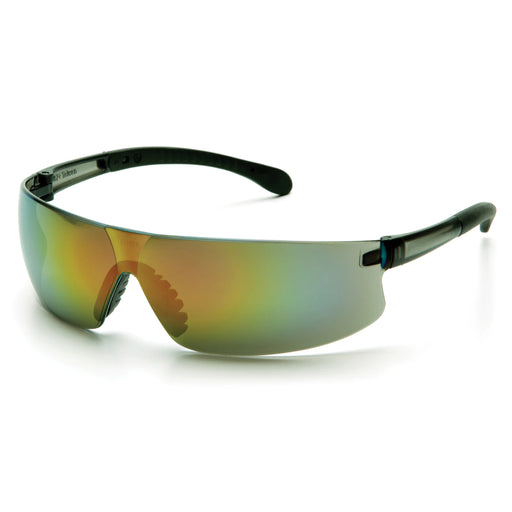Personal Protective Equipment (PPE) is a term used to describe any type of clothing or equipment that is worn to protect an individual from potential hazards. PPE can be anything from a hard hat to a face shield, to a pair of protective gloves. It is a vital component of any workplace safety program, and is essential for ensuring that workers stay safe and healthy while on the job.
PPE is used in a variety of industries and settings, including construction sites, factories, laboratories, and other hazardous locations. The types of PPE used vary depending on the type of work being done, and the potential hazards present in the work environment. For example, a construction worker may need to wear a hard hat, safety goggles, and protective boots, while a laboratory worker may need to wear a face shield, gloves, and a lab coat.The use of PPE is essential for protecting workers from potential hazards such as flying objects, chemicals, and other dangerous materials. PPE also helps to reduce the risk of injury and illness, as it helps to protect workers from any potential sources of harm. By wearing the appropriate PPE, workers can be better equipped to handle hazardous situations and protect themselves from harm.
PPE also has significant psychological benefits. By feeling protected and more secure, workers can remain focused and better-equipped to handle their tasks. This can lead to increased productivity and better job performance.In addition to protecting workers, PPE can also help to protect the environment. PPE can protect against potential spills and leaks of hazardous materials, which can help to reduce the amount of toxic waste that is released into the environment.Ultimately, PPE is an essential component of any workplace safety program. By ensuring that workers have the right equipment and clothing to protect themselves, employers can help to ensure a safe and healthy work environment.
